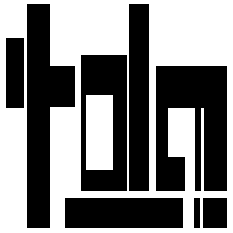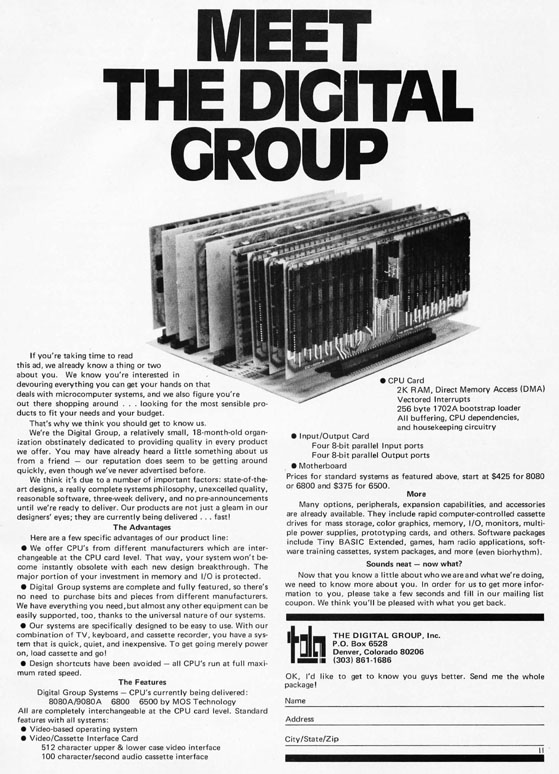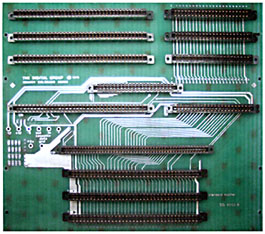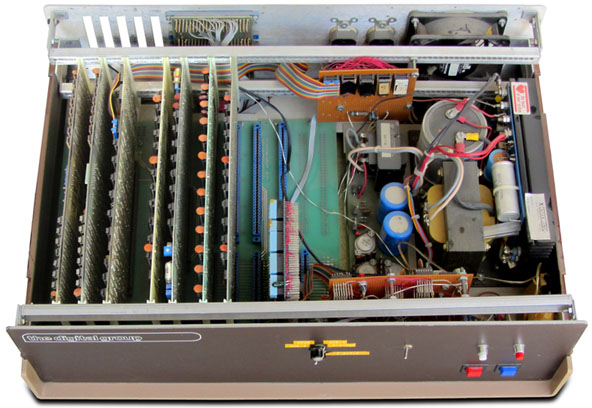| Order Code | Description | Kit | Assembled |
| "Bare" systems - includes IO-F, TVC-F, but no case or power supply |
| 8080-3BD | 3-board 8080 system w/ 2K RAM | $425.00 | $645.00 |
| 8080-4BD | 4-board 8080 system w/ 10K RAM | 625.00 | 895.00 |
| 6500-3BD | 3-board 6501/2 system w/ 2K RAM | 375.00 | 595.00 |
| 6500-4BD | 4-board 6501/2 system w/ 10K RAM | 575.00 | 845.00 |
| 6800-3BD | 3-board 6800 system w/ 2K RAM | 425.00 | 645.00 |
| 6800-4BD | 4-board 6800 system w/ 10K RAM | 625.00 | 895.00 |
| Z80-3BD | 3-board Z-80 system w/ 2K RAM | 475.00 | 695.00 |
| Z80-4BD | 4-board Z-80 system w/ 10K RAM | 675.00 | 945.00 |
| "Complete" systems with case and power supply |
| Z80-SYS1 | 4-board Z-80 system w/ 10K RAM | $895.00 | $1,295.00 |
| Z80-SYS2 | Above w/ 18K RAM | 1,095.00 | 1,545.00 |
| Z80-SYS3 | Above with keyboard, monitor, cassette drive | 2,045.00 | 2,545.00 |
| Z80-SYS4 | Above with additional I/O, digital tape drive, printer | 2,675.00 | 3,225.00 |
| Miscellaneous |
| IO-F | Complete I/O board | $65.00 | $95.00 |
| TVC-F | 512 character TV interface w/ cassette I/O | 130.00 | 195.00 |
| TVC-64 | Full 64-character TV interface w/ cassette I/O | 140.00 | 205.00 |
| GRAPH-64 | 64 x 64 color graphics interface | 175.00 | 225.00 |
| PHI-F | Digital cassette storage I/O | 135.00 | 195.00 |
| PHI-I | Digital cassette drive | - | 115.00 |
| CAS&CB4 | 4 digital cassette drive w/ cabinet | 480.00 | 505.00 |
| PT96-COMP | 96-column printer | 595.00 | 675.00 |
| MON-9 | 9-inch B/W monitor | - | 175.00 |




 Bemis was convinced that The Digital Group had to get in on some of this action, so Suding created their new, reasonably priced,
multiple-board computer system with these advanced features:
Bemis was convinced that The Digital Group had to get in on some of this action, so Suding created their new, reasonably priced,
multiple-board computer system with these advanced features:

